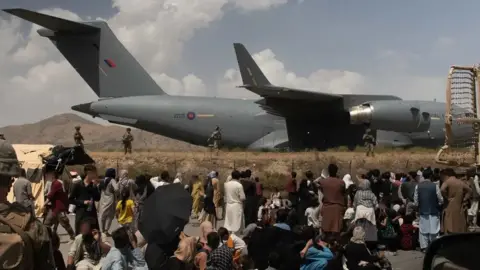The US had previously set the reward for information leading to the capture of Ahmed al-Sharaa, the leader of HTS.
Without pointing to any specific country or individual, he said that others in similar circumstances can learn from Ahmed al-Sharaa about how to integrate into the mainstream international system.
“Others in similar circumstances can learn from Ahmed al-Sharaa how to join the mainstream international system,” Khalilzad wrote on X.
Earlier, Reuters reported that the US had decided to cancel the $10 million reward for the capture of Ahmed al-Sharaa.
Barbara Leaf, a senior US diplomat for Middle Eastern affairs, raised this issue after a US diplomatic delegation met with the leader of Hayat Tahrir al-Sham (HTS) in Damascus.
She said that this decision was made based on Ahmed al-Sharaa’s commitment that “terrorist groups cannot pose a threat.”
The US had previously set the reward for information leading to the capture of Ahmed al-Sharaa, the leader of HTS.
This was the first visit by senior US State Department officials to Syria in more than a decade.
The visit was part of the resumption of US diplomatic engagement with the transitional government in Syria following the fall of Bashar al-Assad.
 Afghanistan Peace Campaign
Afghanistan Peace Campaign
